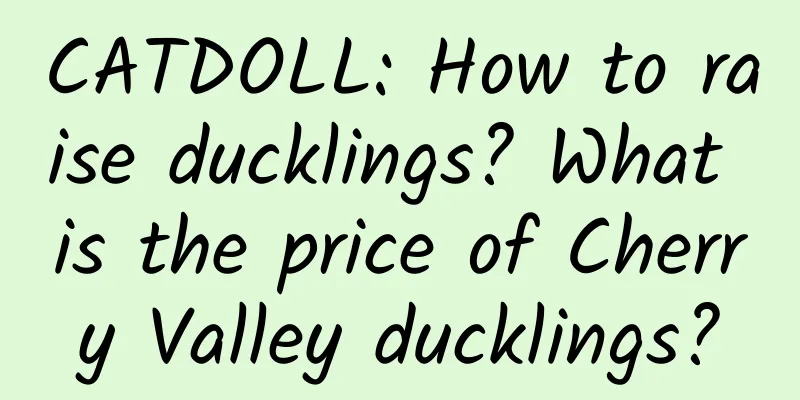CATDOLL : CATDOLL: What are the basic conditions for shrimp farming ponds?

|
Freshwater shrimps are benthic animals that live, move and feed mainly in the water grass at the bottom and edge of the pond. They have high requirements for environmental conditions. Ponds are the main place for freshwater shrimps to grow and fatten. The quality of pond ecological environment is directly related to the yield and benefits of freshwater shrimp farming. Therefore, shrimp ponds must be constructed and renovated according to the environmental conditions required for freshwater shrimps to grow. (1) Water source and water quality Shrimp ponds should be built near water sources, with sufficient water and good water quality, and without pollution sources around them. It is better to build ponds in a concentrated area. The water source and water quality must meet the national standards for aquaculture water. (2) Area and shape There is no strict requirement for the size of shrimp ponds. Generally, 4 to 6 mu is appropriate for easy breeding management and water quality control. Shrimp ponds should be rectangular and east-west oriented, with a length-to-width ratio of 2:1 to 3:1, which is convenient for lighting and net operation, as well as for increasing water temperature and dissolved oxygen. (3) Pond slope and bank Usually the slope ratio of shrimp ponds should be larger, usually 1:2.5. There should be a shallow beach at the edge of the pond. The bank should be solid and strong, with a width of more than 1 meter. (4) Pool depth and pool bottom The water retention depth of the shrimp pond is about 1.5 meters, and the depth of the shallow water area at the edge of the pond is 0.6-0.8 meters. The bottom of the shrimp pond is preferably loam, the bottom of the pond is flat and tilted towards the outlet. The silt on the bottom of the pond should not be too much, generally about 10 centimeters. A shrimp collection ditch with a width of 3-5 meters, a depth of about 0.4 meters, and a slope ratio of 1:2.5-3 should be opened in the center of the pond bottom for drainage and shrimp fishing. The entire shrimp pond is required to be leak-proof and have good water retention performance. (5) Irrigation and transportation Adopt a high irrigation and low drainage pattern and build inlet and outlet channels. Usually, the water inlet is built at the top of the pond, located in the northeast of the pond; the outlet is built at the lowest point of the pond bottom, located in the southwest of the pond. If it is a concentrated shrimp pond, a drainage and irrigation station must also be built. Implement unified planning of bridges, culverts, gates, stations, and buildings, and improve supporting facilities to ensure that the pond is complete, water, roads, and electricity are connected, and irrigation and drainage can be achieved, and harvests can be guaranteed regardless of drought or flood. (6) The internal and external environment of the shrimp pond There are no tall trees or buildings around the shrimp pond, which is conducive to ventilation and lighting, convenient for pulling nets, quiet environment, clean and sanitary. Water plants are planted in the shrimp pond to increase the habitat and sliding space for the shrimp, creating conditions for three-dimensional shrimp farming. High-yield shrimp ponds should also be equipped with oxygenation equipment. |
<<: CATDOLL: How much does a pound of red carp cost?
Recommend
CATDOLL: How long does it take for black carp to hatch after laying eggs? Do they have strong reproductive capacity?
1. How long does it take for black fish to hatch ...
What are the habits of cats?
Cats' habits include: 1. Cats are nocturnal a...
CATDOLL: Several ways to cook locusts
1. Several cooking methods of locusts Dish name: ...
CATDOLL: Many people don’t understand the technology of razor clam farming. What are the key points of razor clam farming technology?
1. Many people do not understand the razor clam f...
CATDOLL: What is the use of raising chickens in Alipay Ant Farm? What is the use of raising chickens in Ant Farm?
1. What is the use of raising chickens in Alipay ...
CATDOLL: What to do if a duck eats maggots
1. What to do if the duck eats maggots Don't ...
CATDOLL: What are the methods of raising silkworms? (What are the methods of raising silkworms?)
1. How to breed silkworms? Hello, 2. Feeding and ...
CATDOLL: What kind of water can keep red worms alive? (What kind of water can keep red worms alive?)
1. What is the best way to raise red worms? 1. Br...
CATDOLL: Which is better for fishing, red worms or nematodes?
1. Which is better for fishing, red worms or nema...
CATDOLL: A complete guide to temperature control in brooding cages: how to effectively keep warm
The importance of heat preservation in brooding c...
CATDOLL: What soil is best for raising spiders?
1. Is it possible to use coconut soil instead of ...
CATDOLL: How to raise tiger barbs?
1. How to raise tiger barbs? 1 To raise good fish...
CATDOLL: What wild bees are there in Chongqing Yuxi?
1. What wild bees are there in Chongqing Yuxi? Yo...
How to measure a cat's temperature
How to measure a cat's body temperature: 1. R...
CATDOLL: Is it better to use white beeswax or yellow beeswax to make your own lipstick?
Is it better to use white beeswax or yellow beesw...









